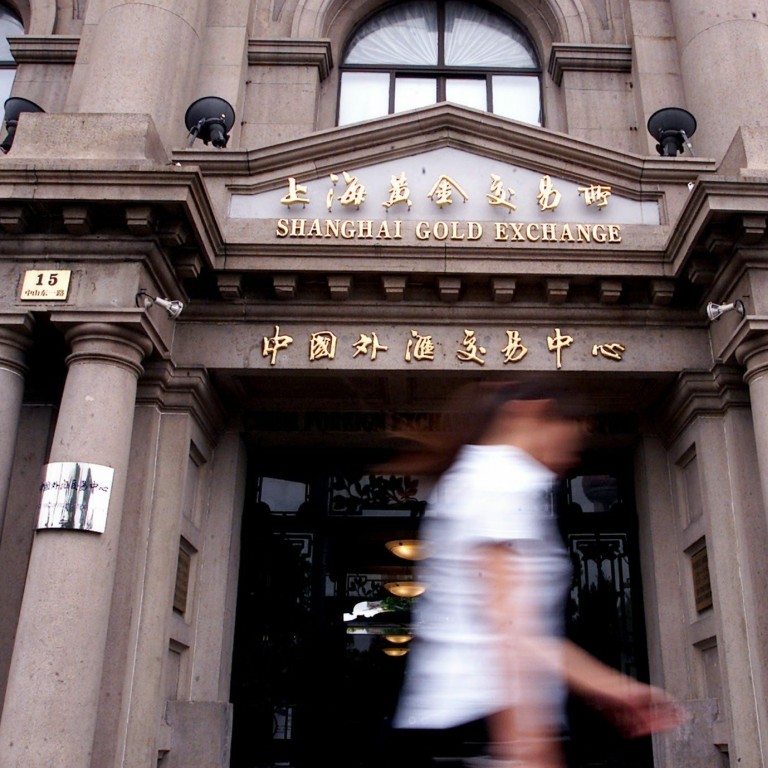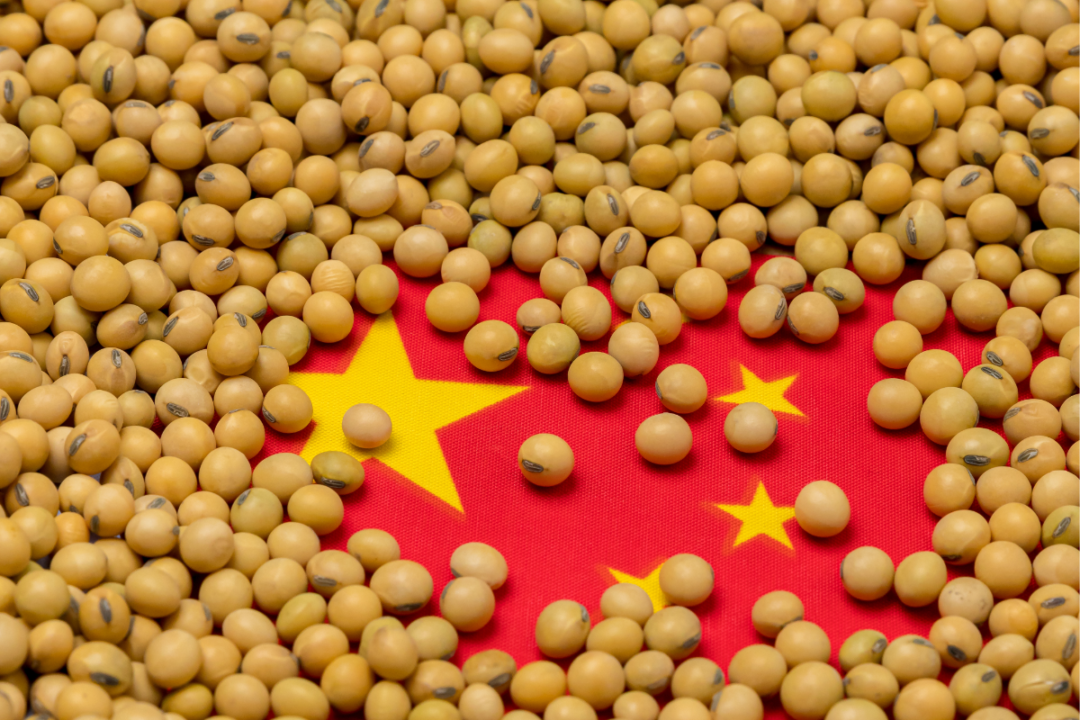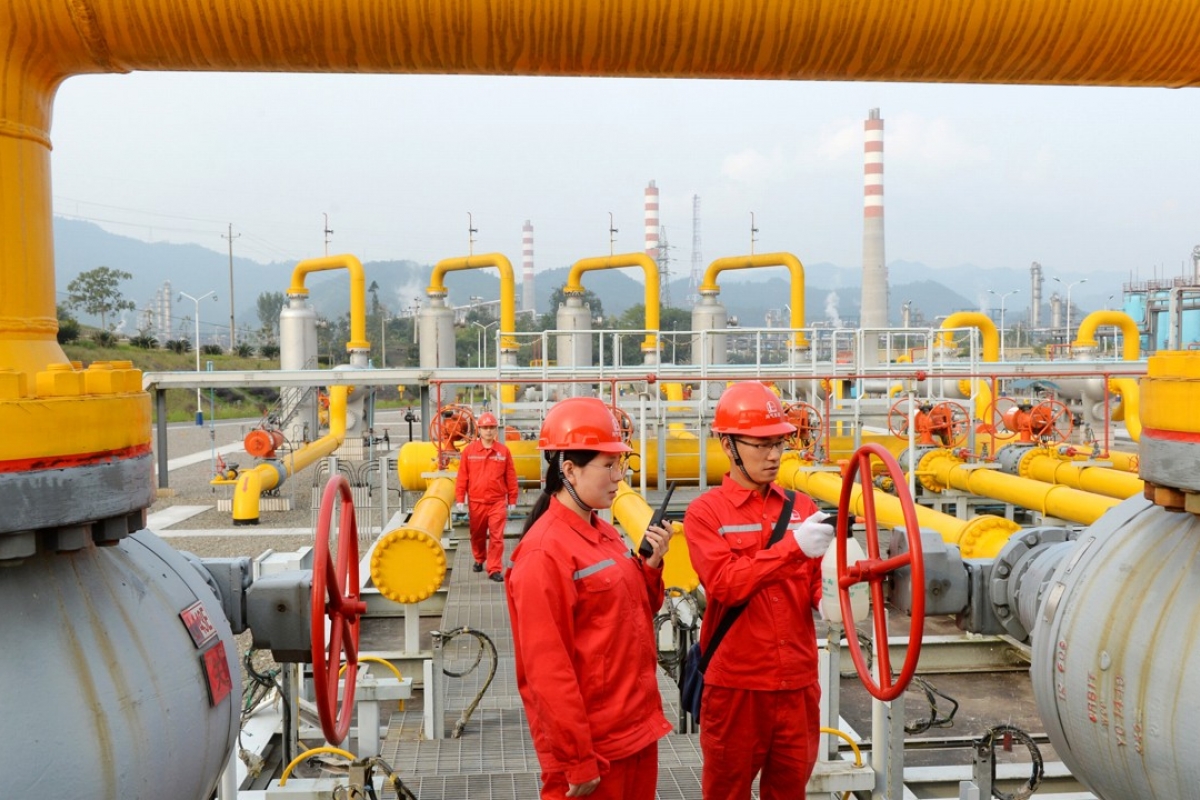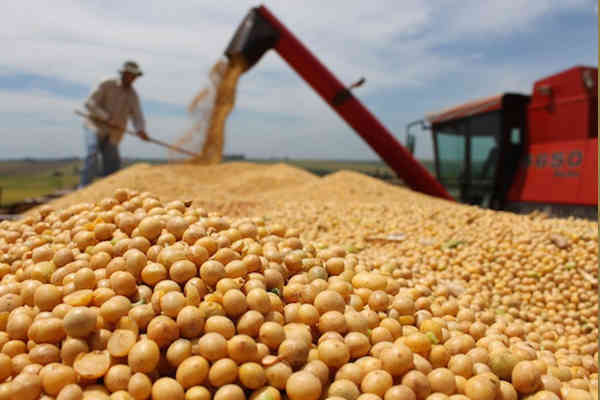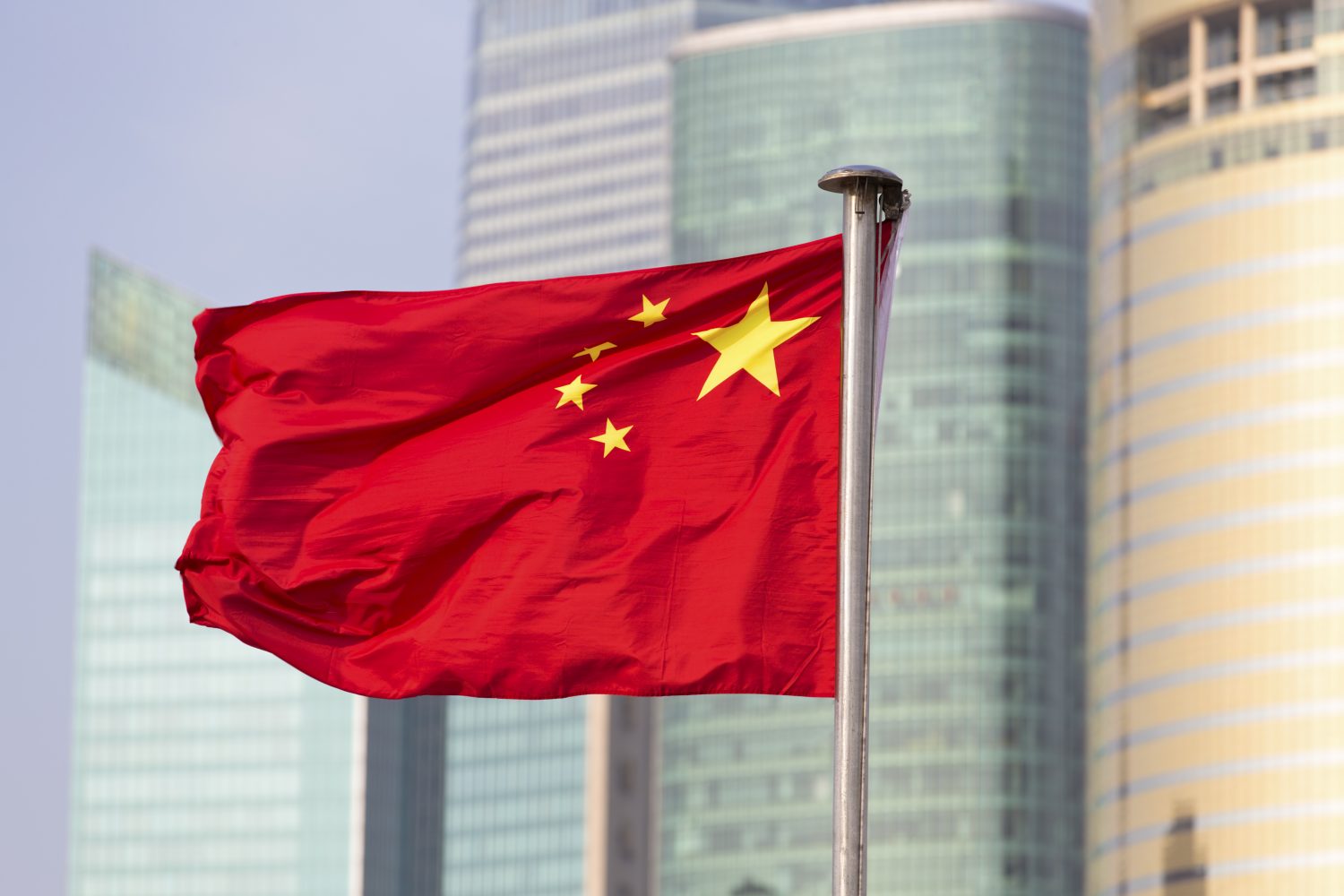The global economy and financial markets are enjoying a surge in confidence, driven by the sort of spontaneous urge to act that the economist John Maynard Keynes called ‘animal spirits’.
Back in 2014, we said that the lack of animal spirits was the key concern for the world economy, making their return good news for global growth – at least for now. Confident businesses are more likely to invest, and confident households are more likely to consume.
But animal spirits alone will not be enough to keep the global economy going over the long term. Confidence alone, without improving fundamentals, can turn into exuberance.
Growth Factors
The global economy is currently benefiting from strong US growth, solid export data from Asia and booming asset markets. Much of this comes down to a few common factors – high (but not too high) oil prices, China’s inventory cycle, and reflation expectations in the US.
Let’s start with oil. The importance of oil prices – which are currently in a sweet spot – cannot be overstated in the current positive economic environment. They are not too high to be inflationary and hinder growth, and they are not too low to lead to a deflationary spiral and reduce investment in oil production.
After years of de-stocking, China’s inventory cycle has turned positive
Higher oil prices are helping Asian exporters regain pricing power. Export data across the region this year has been consistently strong. Higher oil prices are also leading to renewed activity in US oil-producing regions, particularly Texas. Growth is picking up as a result.
However, it is not just oil prices supporting Asian exports. China’s inventory cycle is particularly important for the rest of Asia given its role as a key export destination for the region. After years of de-stocking, China’s inventory cycle has turned positive.
South Korea – with its open economy and status as the first country in the region to report export data – provides good insights into how Asian exports are performing. So far this year Asian exports are growing and heading mostly to China.
The (Obvious) US Effect
Of course, we cannot ignore the fact that one of the main drivers of the return of animal spirits is the Trump ‘reflation trade’, driven by the expectation that expansionary government policies will drive the economy and markets. While we expect solid growth in the US this year, we are not convinced that reflationary policies will materialize as envisaged earlier by financial markets.
The important development this year will be the US Federal Reserve’s policy, not Trump’s
In fact, we see scope for disappointment. First, we think that US Federal Reserve (Fed) hikes will offset any positive impact from fiscal stimulus. Second, US infrastructure spending will not increase beyond what would have happened anyway, in our view. Third, fiscal stimulus is more likely to be in the form of tax cuts, leading to higher deficits.
The important development this year will be the Fed’s policy, not Trump’s. This is the first time since June 2004 that we expect a protracted hiking cycle. Following the hike in March, we expect another two hikes this year followed by another two in early 2018.
Market Acceptance?
So far, markets have taken the Fed’s March hike in their stride. Risky assets have stayed supported and the US dollar has not strengthened further. While this reaction might make the Fed feel encouraged, it is not entirely unusual.
During the previous hiking cycle that started in June 2004, the Fed was hiking rates, risky assets were rising, and the dollar was softening. This was at the time of Alan Greenspan’s conundrum, when long-term interest rates were falling at a time when the Fed was hiking policy interest rates. That was a perverse outcome, and it was attributed to excess savings from Asia and the Middle East flowing into the US, keeping long-term rates low.
Despite elevated levels of risk, animal spirits are back. The world economy still has room to run over the next few quarters
At the moment there are no signs of this conundrum repeating itself. Asia’s current account surpluses have narrowed. But longer-term interest rates have been contained nonetheless. Markets are starting to have second thoughts about reflation, and they do not expect this hiking cycle to be a multi-year affair.
Despite elevated levels of risk, animal spirits are back. The world economy still has room to run over the next few quarters. But strong confidence alone will not be enough to sustain this. The positives we are seeing now are mostly transitory in nature. Fed policy, geopolitics and how threats to global trade play out will be crucial to keeping animal spirits strong and the global economy growing.
About Marios Maratheftis
As Chief Economist of Standard Chartered, Marios is based in Dubai and oversees a team of economists across 13 different countries. Since joining Standard Chartered in 2002, his career has taken him across Standard Chartered’s franchises in Europe, Asia, Africa and the Middle East. Prior to becoming Chief Economist, he was an economist and senior FX strategist in London. Marios was previously an econometrician in Cyprus, focusing on estimating fair value exchange rates before the country’s accession to the European Union. Mario is a board member of the Stern Stewart Institute in Germany and a member of the Strategic Foresight Community of the World Economic Forum.

